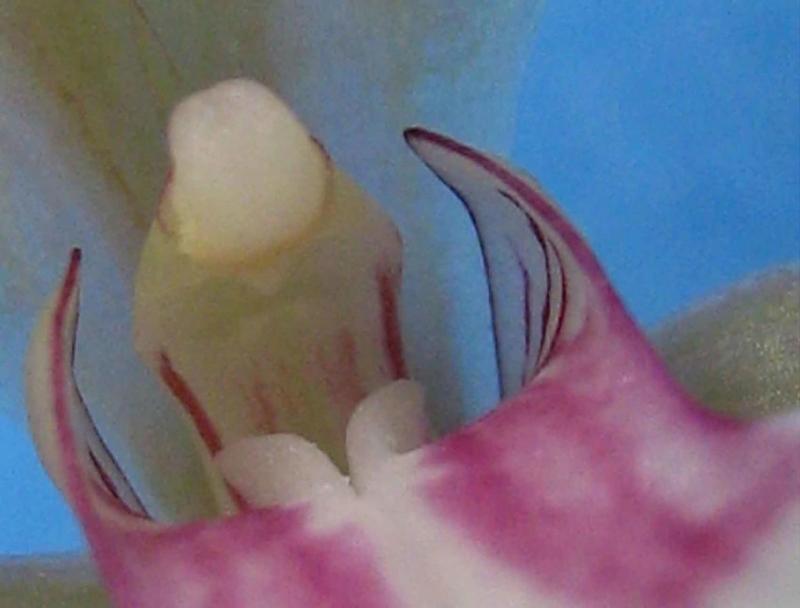Oeceoclades maculata
Also known as: The Spotted Oeceoclades or Oeceoclades mackenii Eulophia ledienii Oeceoclades maculata var. pterocarpa Limodorum maculatum Eulophia liedenii Eulophidium warneckeanum Eulophia mackenii Eulophidium nyassanum Epidendrum connivens Eulophidium mackenii Eulophidium liedenii Eulophidium maculatum var. pterocarpum Eulophidium maculatum Geodorum pictum Aerobion maculatum Angraecum monophyllum Angraecum maculatum Oeceoclades monophylla Eulophia monophylla Eulophidium monophyllum Oeceoclades paraguayensis In Cuba - Lengua de Vaca in the subfamily: Epidendroideae
Native to: Angola Jamaica Kenya Liberia Puerto Rico South Africa Uganda
General Information
The Spotted Oeceoclades is a medium sized warm to hot growing epiphytic or terrestrial orchid belonging to the sub family Epidendroideae native to Angola, Jamaica, Kenya, Liberia, Puerto Rico, South Africa, and Uganda. It is named after the Cow's tongue.
Plant Description
Each new growth has a single leathery leaf that grows to 1-30cm long. Pseudobulbs grow to 2-4cm
Substrate(s)
- Coarse
- Fine
- Bark
- Spaghnum Moss
- Perlite
- Sand
Care Notes
These orchids like to be watered regulary, especially during warm weather, and prefer a well draining mix or also do well mounted, provided they can be watered daily or even many times a day.
These are quite a forgiving orchid, there are no special requirements to get this orchid to flower, just good care and consistent conditions. Larger plants may be more fussy and can react poorly to change; a poorly timed repotting, a pest infection or an unusually hot day can set them back for a couple of years. However, even plants that have been treated poorly can thrive, and if they are set back they often recover much stronger then they would otherwise be.
Climate
Grows at low to high elevations. Rainfall ranges from 64mm to 168mm per day, heaviest in June and lightest in February. Humidity ranges from 74% to 80%, highest in August and lowest in February. Temperature ranges from 18C to 27C, highest in August (21C to 27C) and lowest in February (18C to 24C).
Watering
These orchids prefer a wet-dry cycle between waterings, they should be watered frequently but only when the moisture is approaching dryness, where the pot feels light and/or the media looks dry. Keep an eye on mounted orchids in warm weather as they may dehydrate quickly.
Fertiliser
These plants thrive on fertiliser, especially during periods of growth. Liquid fertiliser can be applied year round at the recommended strength, augmented with manure pellets or other quickly degradable fertiliser, applied away from the base of the plant, during periods of strong growth. Slow release pellets can also be applied year round at the rate of 2-3 pellets per cup (250ml) of media.
They can benefit from a high phosphate fertiliser leading up to flowering season, and by a high nitrogen fertiliser when new growth appears.
Use balanced fertiliser during Spring and Summer. Fertiliser can be applied heavily year round. Use a high Nitrogen fertiliser during Spring and Summer. Use a high Phosphorous fertiliser during Summer.Potting
This orchid prefers a fine, well draining media. Avoid commercial potting mixes as they may have 'wetting agents' that retain water for too long. A simple mix made up of 20% sand, 50% peat or moss, with the remaining 30% made up of decomposed bark and leaf litter would be adequate. Adding some charcoal to the mix will also help it last longer.
Repotting depends on how wet the media is usually. Every 2-3 years would suffice, or whenever the media shows signs of clumping, staying wet for too long, or smells foul.
Repotting is best done annually.




















